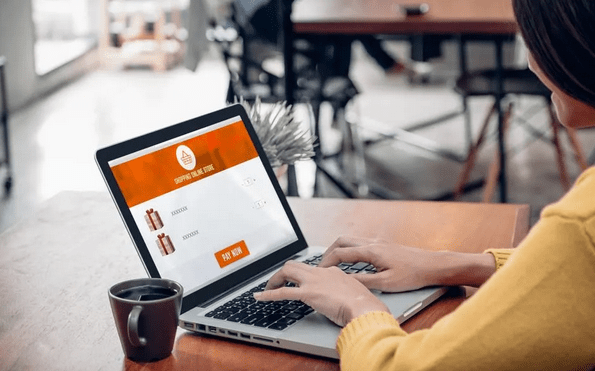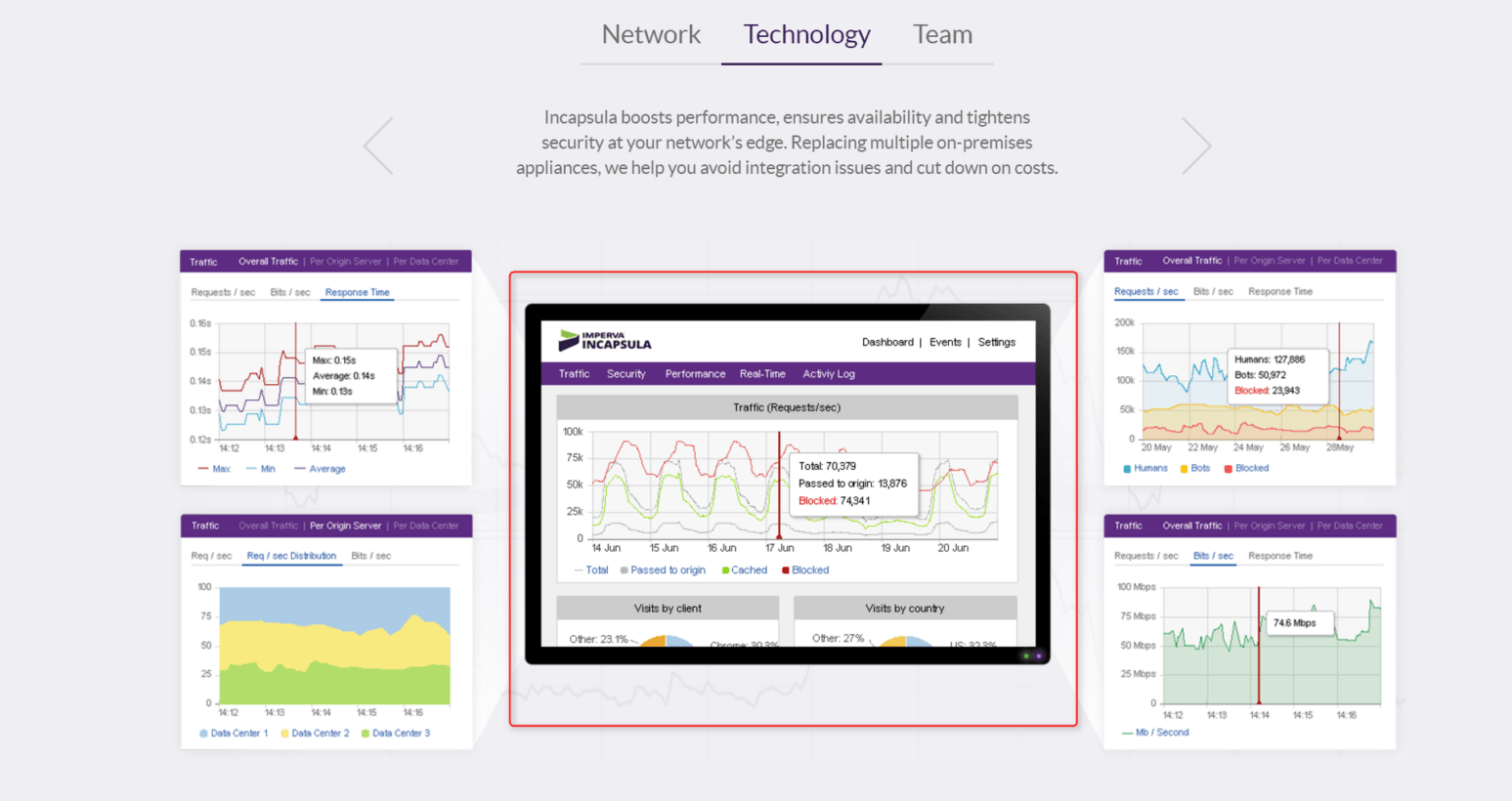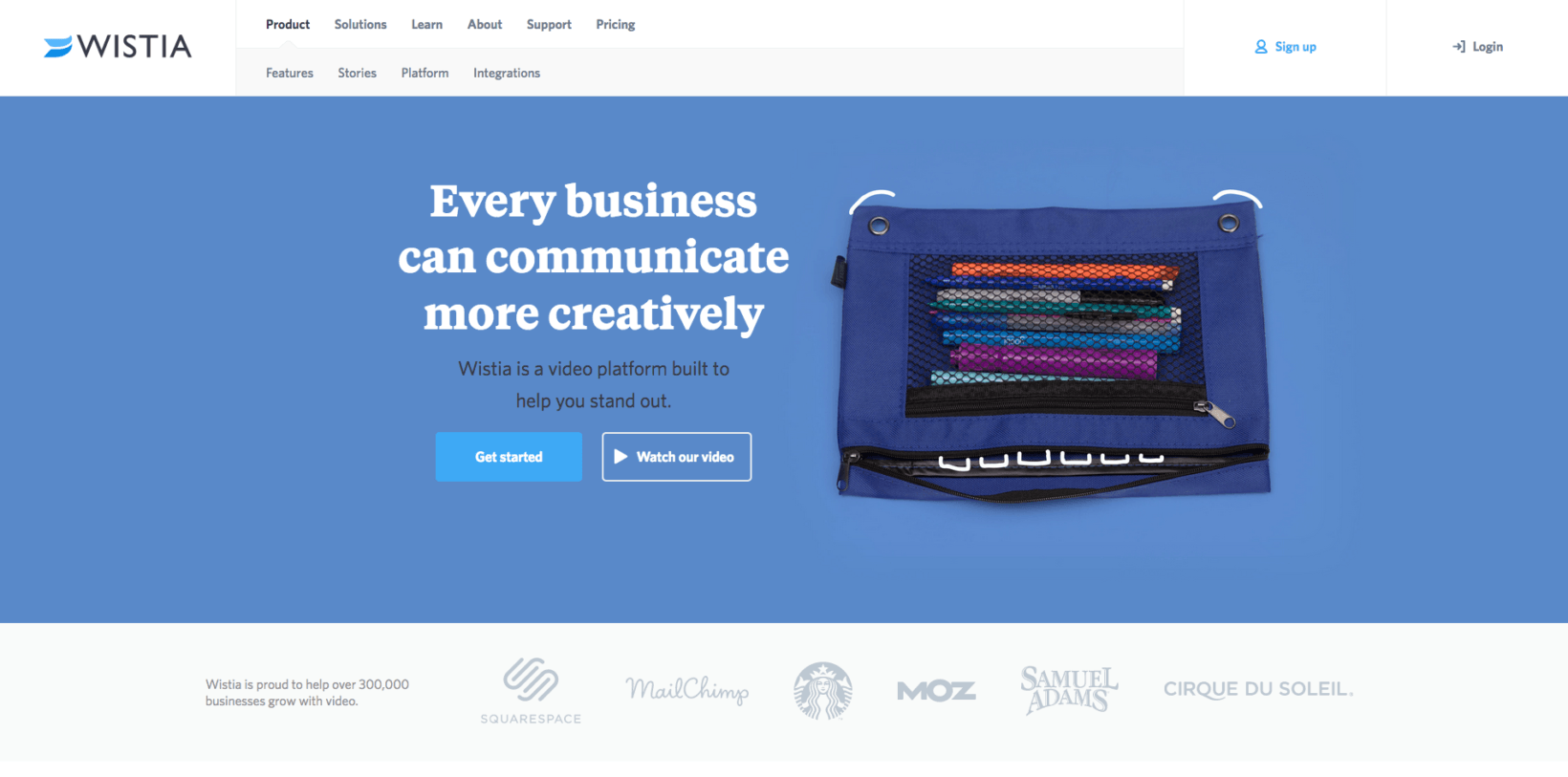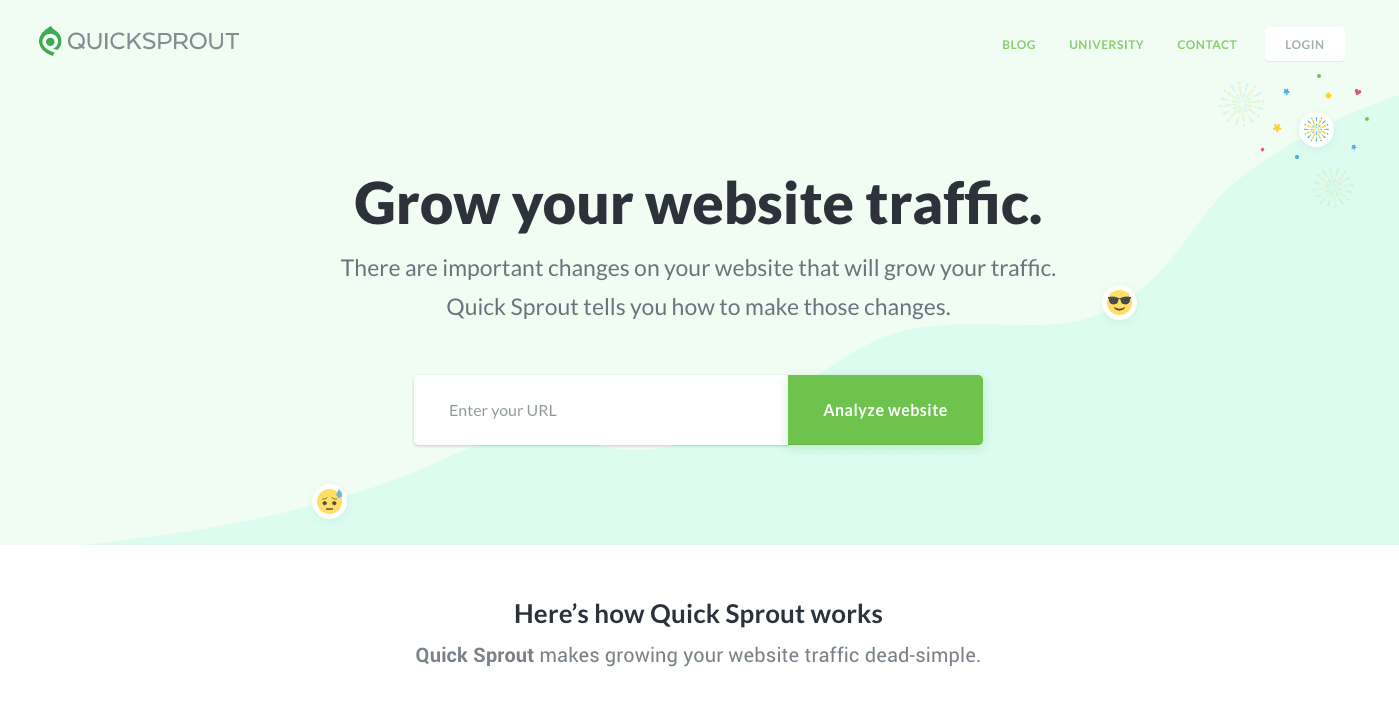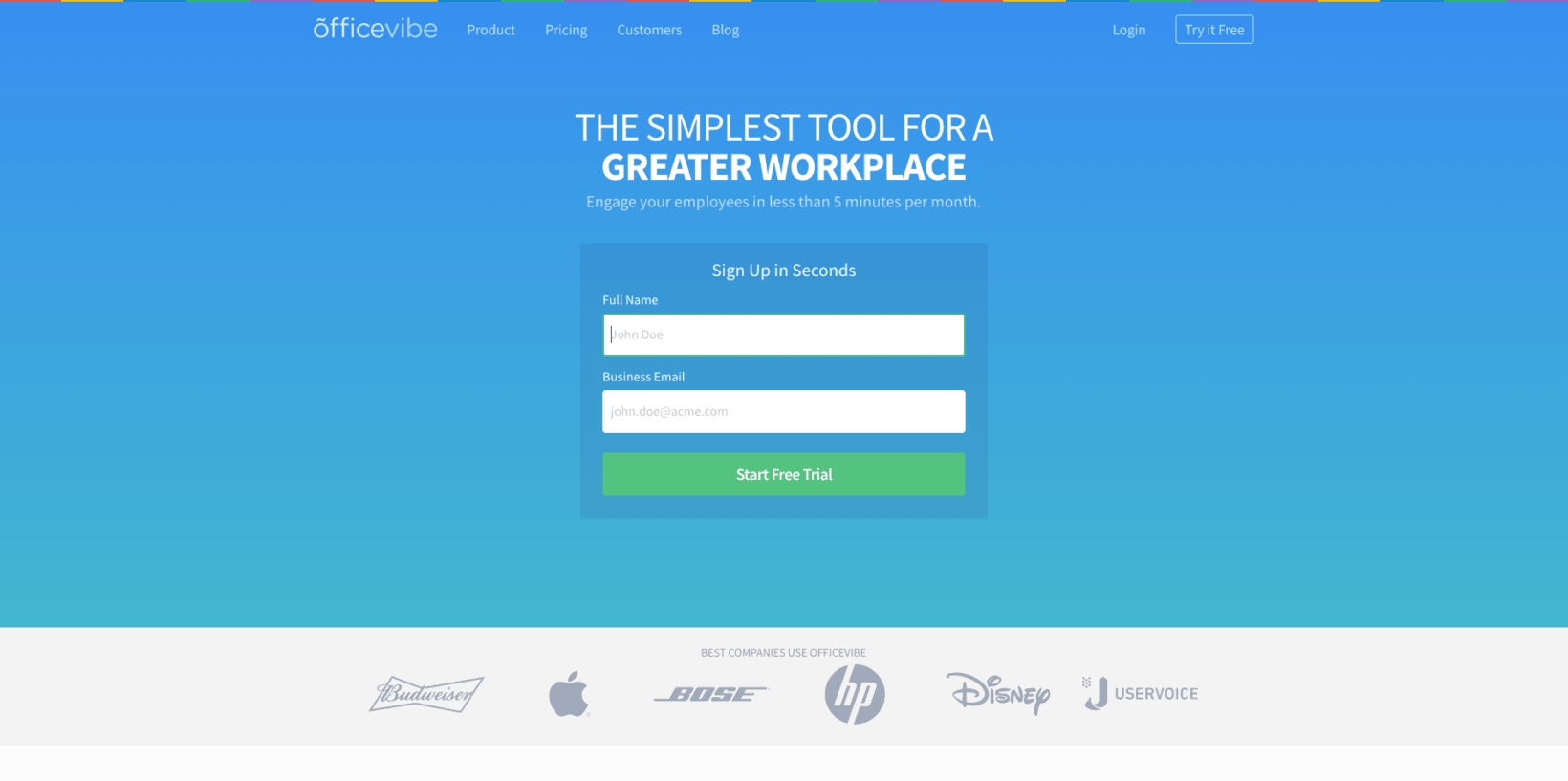Sourced from Forbes
Having a well-designed landing page is crucial for businesses to achieve their key performance indicators (KPIs) and boost their bottom line. An effective landing page can captivate visitors, convert them into leads or customers and ultimately drive revenue. However, creating an effective landing page is not merely about aesthetics; it requires a strategic approach.
Below, 18 Forbes Business Development Council members explore proven strategies to create landing pages that not only meet KPIs but also maximize conversions and contribute to the overall growth of your business.
1. Focus On Your CTA
A single, clear call-to-action (CTA) is a vital strategy for an effective landing page. This simple, direct proposition guides visitors towards conversion, improving KPIs and the bottom line. Ensure your CTA is compelling and distinct, making the next step unambiguous for maximum impact. – Tomer Warschauer Nuni, Pink Moon Studio Ltd
2. Be Consistent
Consistency is key. A landing page must have a clear call to action that aligns with the primary goal of the landing page. The “hook” has to be relevant to the goal and call to action. – Mark Clark, Modern Optical International
3. Demonstrate The Benefits To Customers
To effectively meet KPIs and increase the bottom line, your landing page needs to gain a prospect’s attention and lead them to action. Catch their attention with interactive graphics and video, but also deliver a “what’s-in-it-for-them” message—highlighting ROI, customer successes and testimonials. – Julie Thomas, ValueSelling Associates
4. Be Strategic When Choosing Your URL
An effective landing page starts with an effective, easy-to-remember URL. Think about vanity phone numbers—this would be a vanity landing page URL. Then, leverage the key pain points needed on that page so that people fill out the form or do your CTA. An easily-remembered URL, along with addressing pain points, is a win-win for all. – David Strausser, SEIDOR USA
5. Conduct A/B Testing
Create one to two landing page templates with content tailored to the audience. It’s critical to establish consistent layouts to properly A/B test which specific elements perform the best for each audience. Create messaging and value proposition “hooks” around keywords your audience searches for at each phase: education, consideration and decision. – Janet Waring, ArtForm Business Solutions, Inc.
6. Tailor Your Landing Page Strategically
We customize our landing page for some of our most strategic accounts. This means that when an individual from a strategic account visits our website, the content that they see is personalized for their company and industry. Web personalization helps create customized and unique experiences for customers and prospects rather than providing a single broad experience, helping to increase conversion. – Rakhi Voria, Procore Technologies
7. Optimize The Page For Conversions
Leveraging social proof helps alleviate visitors’ doubts or hesitations and increases the likelihood of conversion. Place these elements strategically, close to the CTA, or near critical benefits. – Lomit Patel, Tynker
8. Create Unique Pages For Adverts
Many businesses use the same landing page for all adverts. A landing page must be unique to the advert. The advert is the hook, the landing page must instantly reinforce the consumer’s decision to click on the hook by displaying the product, price and delivery, and then clearly outlining the CTA. The effectiveness of the landing page’s success hinges on its ability to match the advert. – Peter Schravemade, REACH ASEA
9. Use A ‘How To’ Headline
We lose more than half of the people who visit a landing page. The most effective way to keep them is to offer a benefit. The headline is going to be crucial. It doesn’t have to cost money, although a “get 10% off” headline works well. The “how to” headline works just as well because you are teaching customers how to solve an issue. Of course, pair the headline with a good CTA. – Bryce Welker, Crush The LSAT
10. Address Audience Pain Points
Create a single, clear and compelling CTA that is aligned with the audience and marketing messages that drive the traffic to the page. We showcase relevant and persuasive content offers that resonate with our target audience and build trust by telling their story, using their words in the copy and describing their pain point and desired outcomes as accurately as possible. – David Mattson, Sandler
11. Offer A Seamless Experience Across Devices
Combining clarity, simplicity and a seamless experience is the formula for an impactful landing page. Drive visitors to one desired action through a straightforward yet compelling page optimized for every device. But never stop testing, improving and refining to maximize results. Success comes from constant optimization through experimentation. – Abdulaziz Alnaghmoosh, Manga Productions
12. Keep It Simple
Adhere to the “keep it simple, stupid” principle, as effective landing pages should employ a good storytelling approach that includes real examples relevant to your target audience. Additionally, a clear CTA is crucial. Provide something valuable to your visitors without immediately requesting customer data, and aim to pique their curiosity enough to encourage them to take the next step. – Gregory Lipich, InfoSec Global
13. Improve The Guest Experience
In the hospitality space, a property’s website is often the first place consumers look for information. To drive bookings, meet KPIs and boost ROI, it’s important to centre your webpage design around improving the guest experience. Mobile-friendliness, simple navigation, prominent CTAs and user-generated content are all important components to consider. – Frederic Dominioni, Solonis
14. Add Interactive Storytelling
Instead of presenting your site pages as usual, you can add things like animations, interactive graphics, videos and even mini-games. By doing interactive storytelling, you stand out and become memorable to your visitors. In the process, you drive higher engagement and conversions. However, always keep it simple. Don’t add clutter. – Wayne Elsey, The Funds2Orgs Group
15. Highlight Customer Testimonials
By incorporating compelling testimonials and positive reviews on your landing page, you can leverage the power of social proof to establish trust and credibility with your audience. This trust increases the likelihood of conversions and helps you meet your KPIs, ultimately driving the desired bottom-line results. – Kane Carpenter, Daggerfinn
16. Be Clear
A successful strategy for designing an effective landing page is to focus on clarity and simplicity. The headline should immediately communicate the value proposition, and the design should guide visitors toward a single, clear CTA. Engaging visuals, concise copy and social proof can build trust. This keeps users engaged, leads to higher conversion rates and increases the bottom line. – James Mull, htmull
17. Demonstrate Your Value
A key strategy is to spotlight how your solution tackles the visitor’s challenges. Back this with testimonials and case studies. Clearly articulate your value proposition and how it solves their problem. A precise CTA invites engagement with the solution, drives conversions and boosts the bottom line. – Michael Fritsch, UST Xpanxion
18. Intrigue Your Audience
Effective landing pages really are an art. It takes constant testing and changes even if they are ever so slight and based on engagement. It should begin with best practices such as ensuring it is a simple read that intrigues the reader and incorporates multiple CTAs that allow for conversion. If you use visuals, make sure they are pertinent to the offer and don’t overwhelm the reader. – Richard Lindhorn, VivoAquatics Inc.

